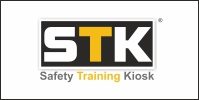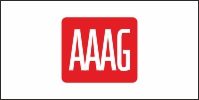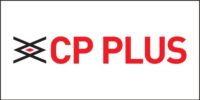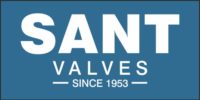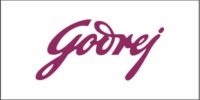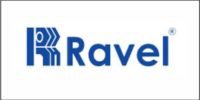 The devastating fire at the Rajkot Gaming Zone, which tragically resulted in the loss of 27 lives, has been attributed to welding work being carried out at the time of the fire. Eyewitness interviews and news reports have shed light on this critical lapse. This incident underscores the importance of stringent fire safety protocols and robust emergency response mechanisms.
The devastating fire at the Rajkot Gaming Zone, which tragically resulted in the loss of 27 lives, has been attributed to welding work being carried out at the time of the fire. Eyewitness interviews and news reports have shed light on this critical lapse. This incident underscores the importance of stringent fire safety protocols and robust emergency response mechanisms.
Before Undertaking Welding:
Design Considerations: Design the job to minimize welding, for example, by using cold joining techniques, mechanical fasteners, thinner gauge metal, or new adhesive technologies.
Preparation:
- Remove grease and all surface coatings before welding. Paint and resin coatings may release toxic components when heated.
- Position the workpiece and local exhaust ventilation (LEV) hood to minimize worker exposure to rising fumes.
- When welding outdoors, LEV is usually impractical for fume capture; use respiratory protective equipment (RPE) as an alternative control measure.
Local Exhaust Ventilation (LEV) Design:
System Design:
- Select the most appropriate extraction design for your welding processes, ensuring all elements are well-designed and matched to the process requirements. The hood design is critical as it determines the efficiency of fume capture.
- Use reputable suppliers for LEV systems. Ventilation engineers bidding for a contract should demonstrate experience in this type of work.
- Provide an easy way to check that the LEV is working, such as an airflow indicator.
Air Handling:
- Ensure extracted air is ideally discharged outside the building to a safe place away from doors, windows, and air inlets. If this is not possible, the air extracted by the LEV system must be thoroughly cleaned (e.g., filtered) before being returned to the workplace.
- Provide a suitable filter for welding fumes in the extraction unit and ensure regular inspection and replacement as necessary.
- Fit an indicator or alarm to show if filters are blocked or have failed.
LEV for Welding on Small and Medium-Sized Workpieces:
Workbench and Booths:
- Use an extracted bench or booth that draws fumes away from the welder and towards the air inlet at the back when welding small to medium-sized articles. With this LEV design, the extraction hood does not need to be repositioned during welding.
- Ensure fumes are drawn away from the welder through extraction holes or slots in the bench or booth. Enclose as much of the bench as practicable to prevent cross-draughts and improve fume capture effectiveness.
- Keep the work surface of the extracted bench free from clutter to avoid restricting air movement.
- Position the workpiece correctly on the bench to ensure effective fume capture.
- Ensure the workpiece (or the area to be welded) is entirely within the booth.
- Use a turntable or bespoke jig to ensure fume is drawn away from the welder.
Employee Checklist
- Are you confident about safe work procedures?
- Is equipment in good condition and working properly?
- Do you know how to use the welding extraction system correctly?
- Check for signs of wear and damage.
- Use, maintain, and store your PPE in accordance with instructions.
- If you find any problems, inform your supervisor; do not continue working. Cooperate with health surveillance.
- Wash hands before starting the job, and before eating, drinking, smoking, using the lavatory, and after work.
- Never clean your hands with solvents or concentrated cleaning products. Use skin creams provided as instructed.




































